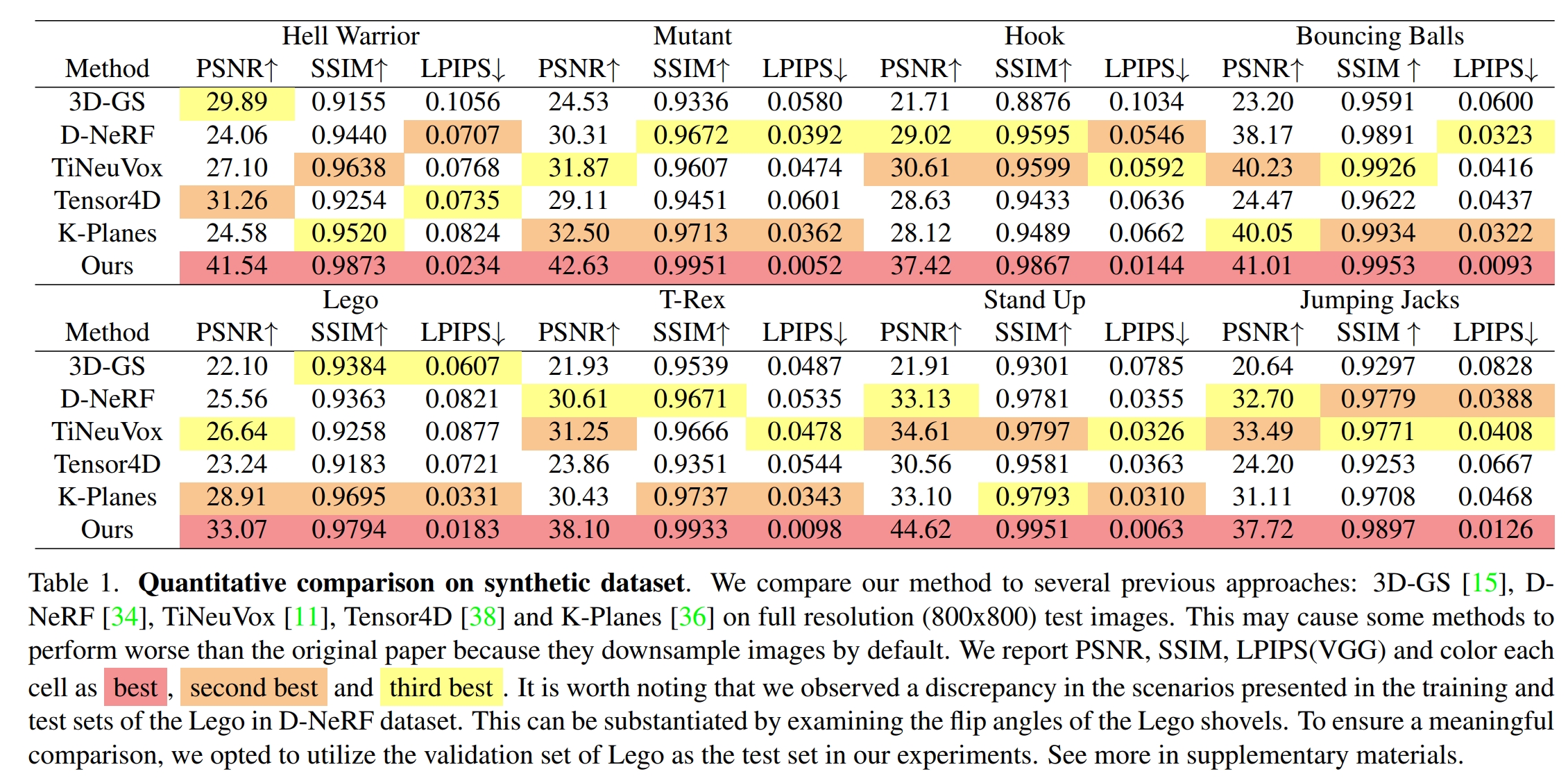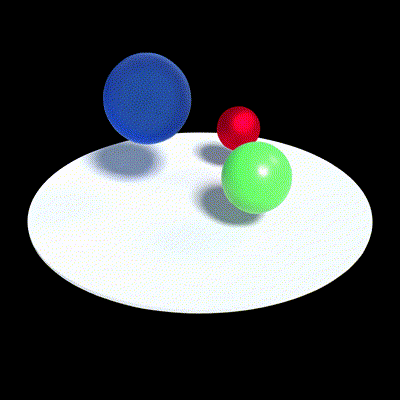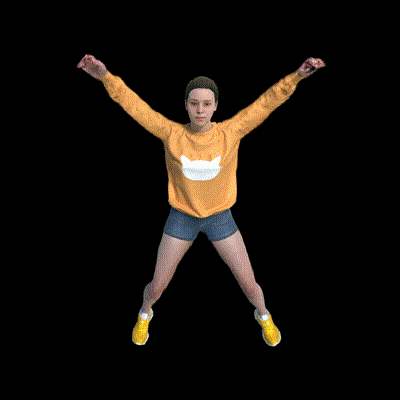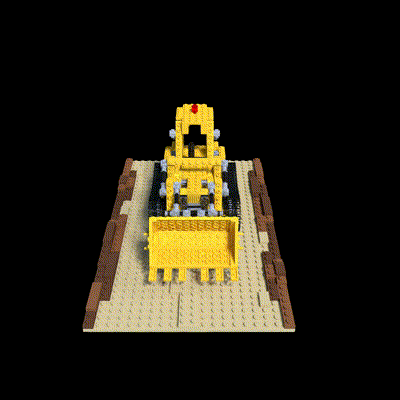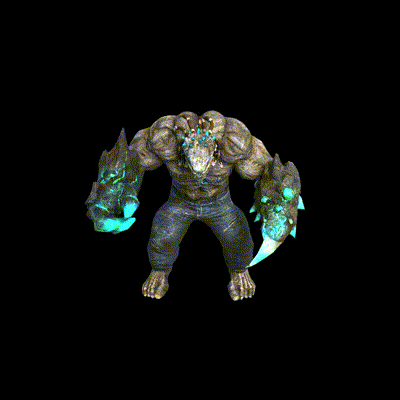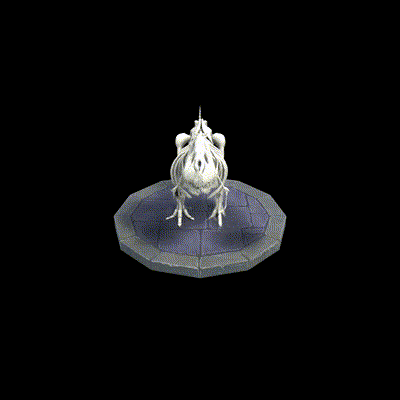This repository contains the official implementation associated with the paper "Deformable 3D Gaussians for High-Fidelity Monocular Dynamic Scene Reconstruction".
- [5/26/2024] Lightweight-Deformable-GS has been integrated into this repo. For the original version aligned with paper, please check the paper branch.
- [5/24/2024] An optimized version Lightweight-Deformable-GS has been released. It offers 50% reduced storage, 200% increased FPS, and no decrease in rendering metrics.
- [2/27/2024] Deformable-GS is accepted by CVPR 2024. Our another work, SC-GS (with higher quality, less points and faster FPS than vanilla 3D-GS), is also accepted. See you in Seattle.
- [11/16/2023] Full code and real-time viewer released.
- [11/4/2023] update the computation of LPIPS in metrics.py. Previously, the
lpipsPyTorchwas unable to execute on CUDA, prompting us to switch to thelpipslibrary (~20x faster). - [10/25/2023] update real-time viewer on project page. Many, many thanks to @yihua7 for implementing the real-time viewer adapted for Deformable-GS. Also, thanks to @ashawkey for releasing the original GUI.
In our paper, we use:
- synthetic dataset from D-NeRF.
- real-world dataset from NeRF-DS and Hyper-NeRF.
- The dataset in the supplementary materials comes from DeVRF.
We organize the datasets as follows:
├── data
│ | D-NeRF
│ ├── hook
│ ├── standup
│ ├── ...
│ | NeRF-DS
│ ├── as
│ ├── basin
│ ├── ...
│ | HyperNeRF
│ ├── interp
│ ├── misc
│ ├── vrigI have identified an inconsistency in the D-NeRF's Lego dataset. Specifically, the scenes corresponding to the training set differ from those in the test set. This discrepancy can be verified by observing the angle of the flipped Lego shovel. To meaningfully evaluate the performance of our method on this dataset, I recommend using the validation set of the Lego dataset as the test set. See more in D-NeRF dataset used in Deformable-GS
git clone https://github.com/ingra14m/Deformable-3D-Gaussians --recursive
cd Deformable-3D-Gaussians
conda create -n deformable_gaussian_env python=3.7
conda activate deformable_gaussian_env
# install pytorch
pip install torch==1.13.1+cu116 torchvision==0.14.1+cu116 --extra-index-url https://download.pytorch.org/whl/cu116
# install dependencies
pip install -r requirements.txtD-NeRF:
python train.py -s path/to/your/d-nerf/dataset -m output/exp-name --eval --is_blenderNeRF-DS/HyperNeRF:
python train.py -s path/to/your/real-world/dataset -m output/exp-name --eval --iterations 200006DoF Transformation:
We have also implemented the 6DoF transformation of 3D-GS, which may lead to an improvement in metrics but will reduce the speed of training and inference.
# D-NeRF
python train.py -s path/to/your/d-nerf/dataset -m output/exp-name --eval --is_blender --is_6dof
# NeRF-DS & HyperNeRF
python train.py -s path/to/your/real-world/dataset -m output/exp-name --eval --is_6dof --iterations 20000You can also train with the GUI:
python train_gui.py -s path/to/your/dataset -m output/exp-name --eval --is_blender- click
startto start training, and clickstopto stop training. - The GUI viewer is still under development, many buttons do not have corresponding functions currently. We plan to :
- reload checkpoints from the pre-trained model.
- Complete the functions of the other vacant buttons in the GUI.
python render.py -m output/exp-name --mode render
python metrics.py -m output/exp-nameWe provide several modes for rendering:
render: render all the test imagestime: time interpolation tasks for D-NeRF datasetall: time and view synthesis tasks for D-NeRF datasetview: view synthesis tasks for D-NeRF datasetoriginal: time and view synthesis tasks for real-world dataset
Quantitative Results
Qualitative Results
400x400 Resolution
| PSNR | SSIM | LPIPS (VGG) | FPS | Mem | Num. (k) | |
|---|---|---|---|---|---|---|
| bouncing | 41.46 | 0.9958 | 0.0046 | 112 | 13.16 | 55622 |
| hell | 42.11 | 0.9885 | 0.0153 | 375 | 3.72 | 15733 |
| hook | 37.77 | 0.9897 | 0.0103 | 128 | 11.74 | 49613 |
| jump | 39.10 | 0.9930 | 0.0090 | 217 | 6.81 | 28808 |
| mutant | 43.73 | 0.9969 | 0.0029 | 124 | 11.45 | 48423 |
| standup | 45.38 | 0.9967 | 0.0032 | 210 | 5.94 | 25102 |
| trex | 38.40 | 0.9959 | 0.0041 | 85 | 18.6 | 78624 |
| Average | 41.14 | 0.9938 | 0.0070 | 179 | 10.20 | 43132 |
See more visualization on our project page.
Since the camera pose in HyperNeRF is less precise compared to NeRF-DS, we use HyperNeRF as a reference for partial visualization and the display of Failure Cases, but do not include it in the calculation of quantitative metrics. The results of the HyperNeRF dataset can be viewed on the project page.
viewer.mp4
We sincerely thank the authors of 3D-GS, D-NeRF, HyperNeRF, NeRF-DS, and DeVRF, whose codes and datasets were used in our work. We thank Zihao Wang for the debugging in the early stage, preventing this work from sinking. We also thank the reviewers and AC for not being influenced by PR, and fairly evaluating our work. This work was mainly supported by ByteDance MMLab.
@article{yang2023deformable3dgs,
title={Deformable 3D Gaussians for High-Fidelity Monocular Dynamic Scene Reconstruction},
author={Yang, Ziyi and Gao, Xinyu and Zhou, Wen and Jiao, Shaohui and Zhang, Yuqing and Jin, Xiaogang},
journal={arXiv preprint arXiv:2309.13101},
year={2023}
}
And thanks to the authors of 3D Gaussians for their excellent code, please consider also cite this repository:
@Article{kerbl3Dgaussians,
author = {Kerbl, Bernhard and Kopanas, Georgios and Leimk{\"u}hler, Thomas and Drettakis, George},
title = {3D Gaussian Splatting for Real-Time Radiance Field Rendering},
journal = {ACM Transactions on Graphics},
number = {4},
volume = {42},
month = {July},
year = {2023},
url = {https://repo-sam.inria.fr/fungraph/3d-gaussian-splatting/}
}


